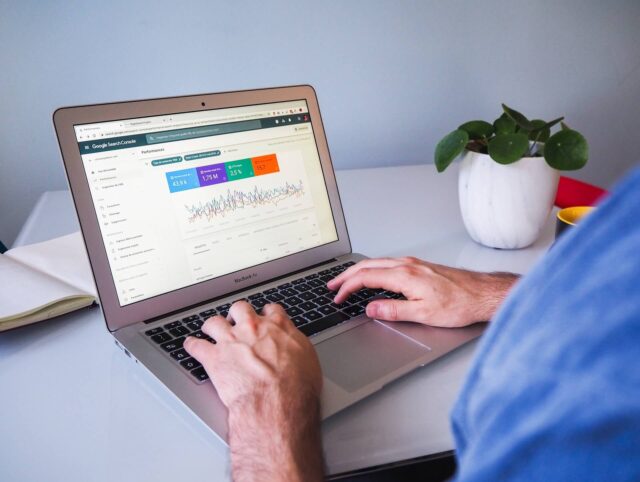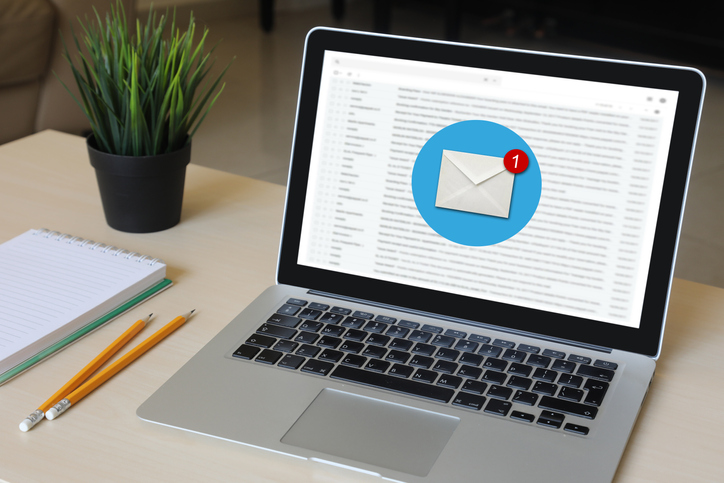A/B testing, also known as split testing, is a powerful technique used to compare two or more variations of a digital asset to determine which performs better. By systematically testing different elements of your digital campaigns, you can make data-driven decisions that enhance performance and maximize return on investment (ROI). Here’s how to effectively use A/B testing to improve your digital campaigns.

Table of Contents
Toggle1. Define Your Goals
Before you start A/B testing, clearly define what you want to achieve. Common goals include:
- Increasing click-through rates (CTR)
- Improving conversion rates
- Reducing bounce rates
- Enhancing user engagement
Having specific objectives will help you focus your tests and measure success more accurately.
2. Identify Variables to Test
Select the elements you want to test within your campaign. Here are some common variables that can impact performance:
- Headlines: Test different wording, lengths, or styles to see which resonates more with your audience.
- Call to Action (CTA): Experiment with different phrases, colors, sizes, and placements of your CTAs.
- Images and Videos: Compare different visuals to see which attracts more attention or drives higher engagement.
- Email Subject Lines: Test variations in subject lines to improve open rates.
- Landing Page Layouts: Experiment with different layouts, forms, or content placements to optimize conversions.
3. Create Your Variations
Once you’ve identified the elements to test, create two or more versions of your asset. For example, if you’re testing a landing page headline, you might have:
- Version A: “Unlock Your Potential with Our Services”
- Version B: “Transform Your Life Today!”
Ensure that each variation is distinct enough to elicit different responses but similar enough to be compared effectively.
4. Determine Your Sample Size
To achieve statistically significant results, you need to determine an appropriate sample size. This will depend on factors like:
- Your current traffic levels
- The expected conversion rates
- The minimum detectable effect (the smallest change you want to measure)
Using A/B testing calculators can help you estimate the required sample size based on these factors.
5. Set Up the Test
Choose a testing platform or tool that suits your needs. Many digital marketing platforms offer built-in A/B testing features, including:
- Email Marketing Tools: Mailchimp, Constant Contact
- Website Testing Tools: Google Optimize, Optimizely, VWO
- Ad Platforms: Facebook Ads, Google Ads
Ensure that the testing environment is set up correctly, with traffic evenly distributed between the variations.
6. Run the Test
Launch your A/B test and let it run for a predetermined period. This duration should be long enough to gather sufficient data for analysis, typically at least one to two weeks, depending on your traffic volume.
During this time, avoid making additional changes to the tested elements, as this could skew the results.
7. Analyze the Results
Once the test concludes, analyze the data to determine which variation performed better. Key metrics to consider include:
- Conversion Rates: Compare the percentage of users who completed the desired action.
- Engagement Metrics: Evaluate metrics like CTR, bounce rate, and time spent on the page.
- Revenue Impact: Assess any differences in revenue generated from each variation.
Statistical significance should also be considered. If one variation significantly outperformed the other, you can confidently implement that change. However, if the results are inconclusive, it may require further testing or reevaluation.
8. Implement the Winning Variation
Once you’ve determined the winner, implement the successful variation across your campaigns. Monitor the performance to ensure the improvement is sustained over time.
9. Iterate and Continue Testing
A/B testing is an ongoing process. Continuous testing and optimization are crucial for sustained success. After implementing one test, identify new elements to test and repeat the process. This iterative approach helps you stay agile and responsive to audience preferences.
10. Document Your Findings
Keep detailed records of your tests, including hypotheses, variations, results, and insights gained. This documentation can inform future campaigns and help build a knowledge base for your team.
Conclusion
A/B testing is an invaluable tool for optimizing digital campaigns and driving better results. By methodically testing different elements and making data-driven decisions, you can enhance user experiences, improve conversion rates, and maximize the effectiveness of your marketing efforts. Embrace A/B testing as a fundamental part of your digital marketing strategy, and watch your campaigns thrive!


No responses yet